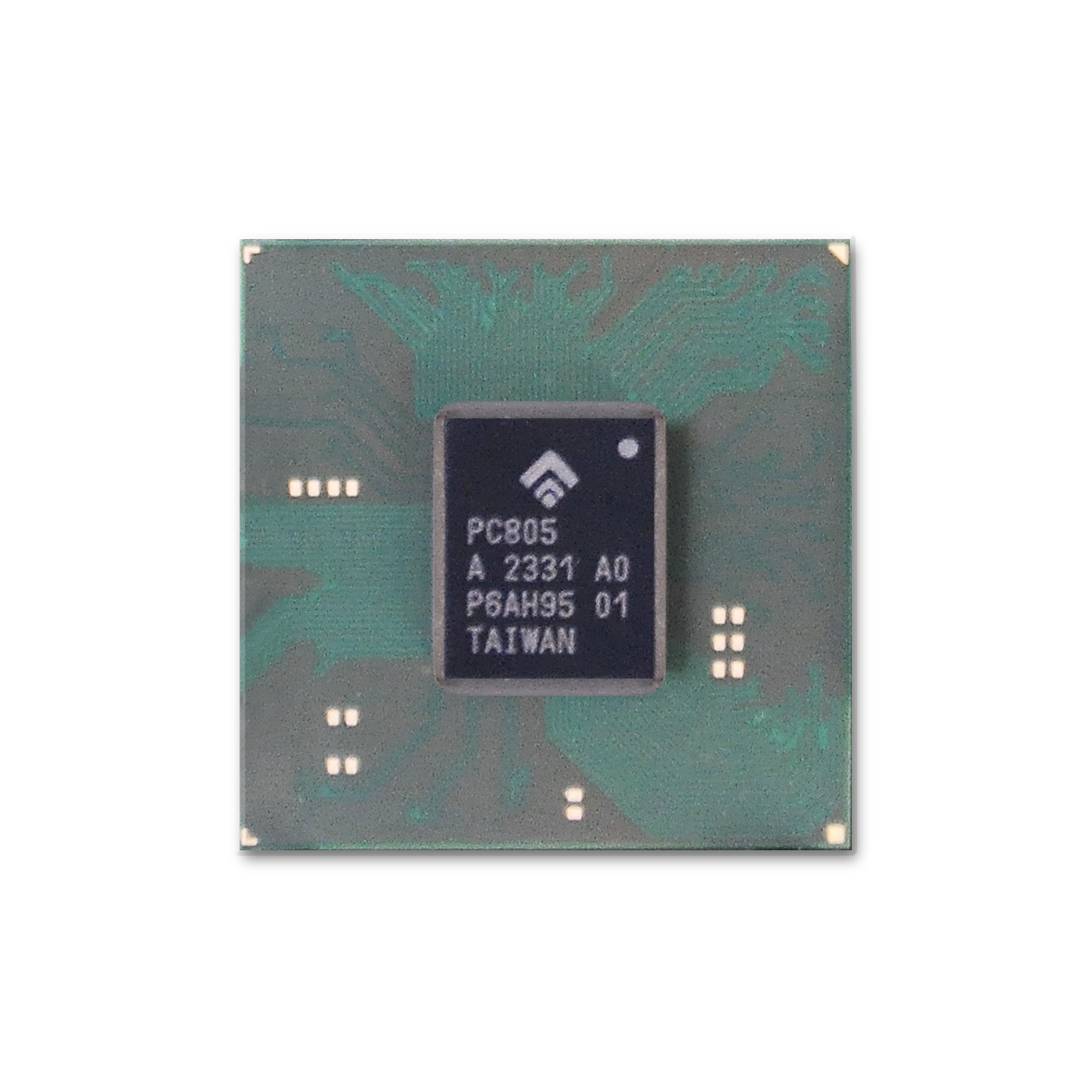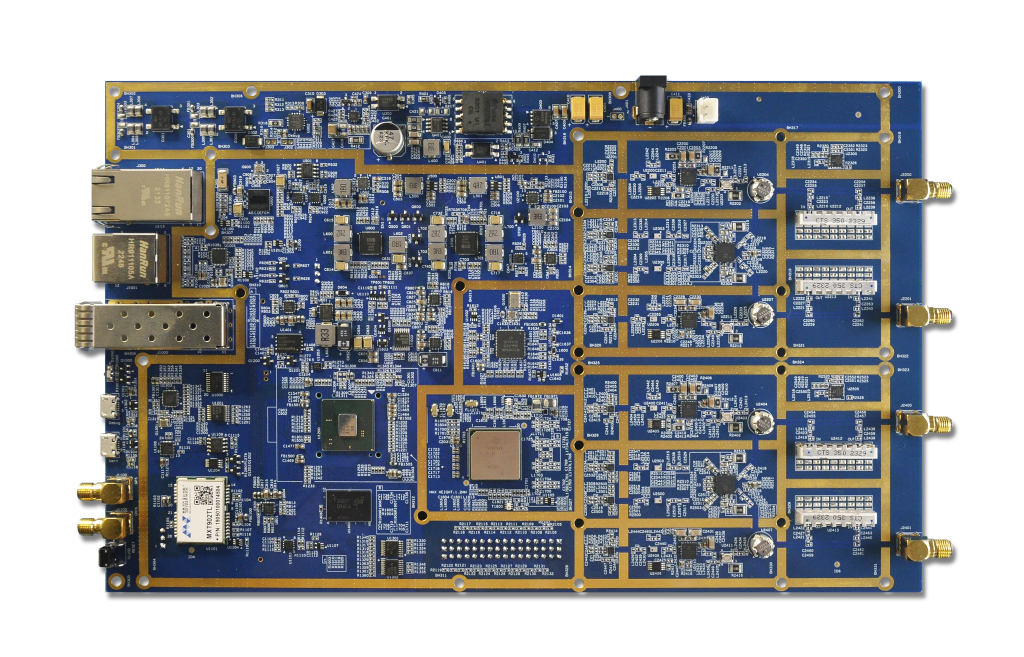
The highly integrated, small-footprint, low-power SoC is designed to ease the implementation of 5G NR/LTE small cell O-RUs to support a variety of deployment use cases. These include enterprise, industrial, neutral host and private networks.
Designing an O-RU with PC805 is greatly simplified and delivers a significantly reduced BoM compared to current designs.
The SoC interfaces directly with O-DUs via Open Fronthaul (split 7.2) and supports seamless connections to RFICs with a standardised JESD204B high-speed serial interface. PC805 is shipped with a fully integrated O-RAN compliant Picocom 5G NR RU and M-plane software suite.
“Most existing O-RU products are based on FPGA technology, necessitating a hardware redesign approach to address different use cases,” says Picocom president Peter Claydon, “unlocking these new opportunities requires a more focused approach, where new use cases can be accommodated with simple software changes. That’s why I’m thrilled to introduce Picocom’s optimised yet flexible SoC for small cell radio units. PC805 will empower a new era of small cell deployments, answering the increasing calls from customers for more carrier aggregation and flexible spectrum utilisation.”
Peter Jarich, Head of GSMA Intelligence, states: “Our research shows that operators see Open RAN as a strategic priority, with 5G – and 5G-Advanced – acting as a trigger for rethinking how networks are built. Optimised and readily available silicon is critical for the success of Open RAN, with a diverse set of sources being best for the industry. It’s good to see companies delivering optimised silicon for small cells, which are particularly important for neutral host and private network deployments along with network densification exercises.”
“As 5G deployments progress, operators want to aggregate spectrum from different bands. This is especially true for neutral host operators, who often need to support the frequency allocations of several mobile operators or aggregate non-contiguous channels in shared spectrum. PC805 supports these use cases with a minimum of additional components,” says Oliver Davies marketing vp Picocom.
PC805 can perform aggregation of four or more 4T4R carriers in a 200 MHz instantaneous bandwidth (IBW), applicable for operation in the US CBRS and equivalent bands that are increasingly becoming available in other countries (for example, UK band n77 shared access band). A single PC805 can also support multiple bands, including both TDD and FDD for both 5G NR and LTE, with a cascade of two SoCs doubling the bandwidth supported.
PC805 launches with a complete software suite and a companion RU Demonstrator Board, the PC805RDB, to ease development and accelerate time-to-market. The PC805RDB is a flexible 5G NR/LTE Radio Unit board used to demonstrate the PC805 SoC with an onboard RF transceiver, front-end and associated support circuitry, and software. The PC805RDB integrates a Texas Instruments (TI) AFE7769D 4T4R RFIC, complete with an RF front end, based on an iCana demonstrator design.
PC805 is available in a 17mm x 17mm FC LFBGA Flip-Chip Ball Grid form factor, and Picocom will provide samples to lead customers from November 2023.
With two chips on the market – the PC802 and PC805, and customers moving into volume production, Claydon is now looking for growth.
“There’ll be no more chips from us for two years – we’ll be concentrating on what we’ve got,” Claydon told EW, adding, “I’m hopefull to close sales with three new customers this year.”
For more information on PC805 or to download the product brief, visit picocom.com/products/socs/pc805.







